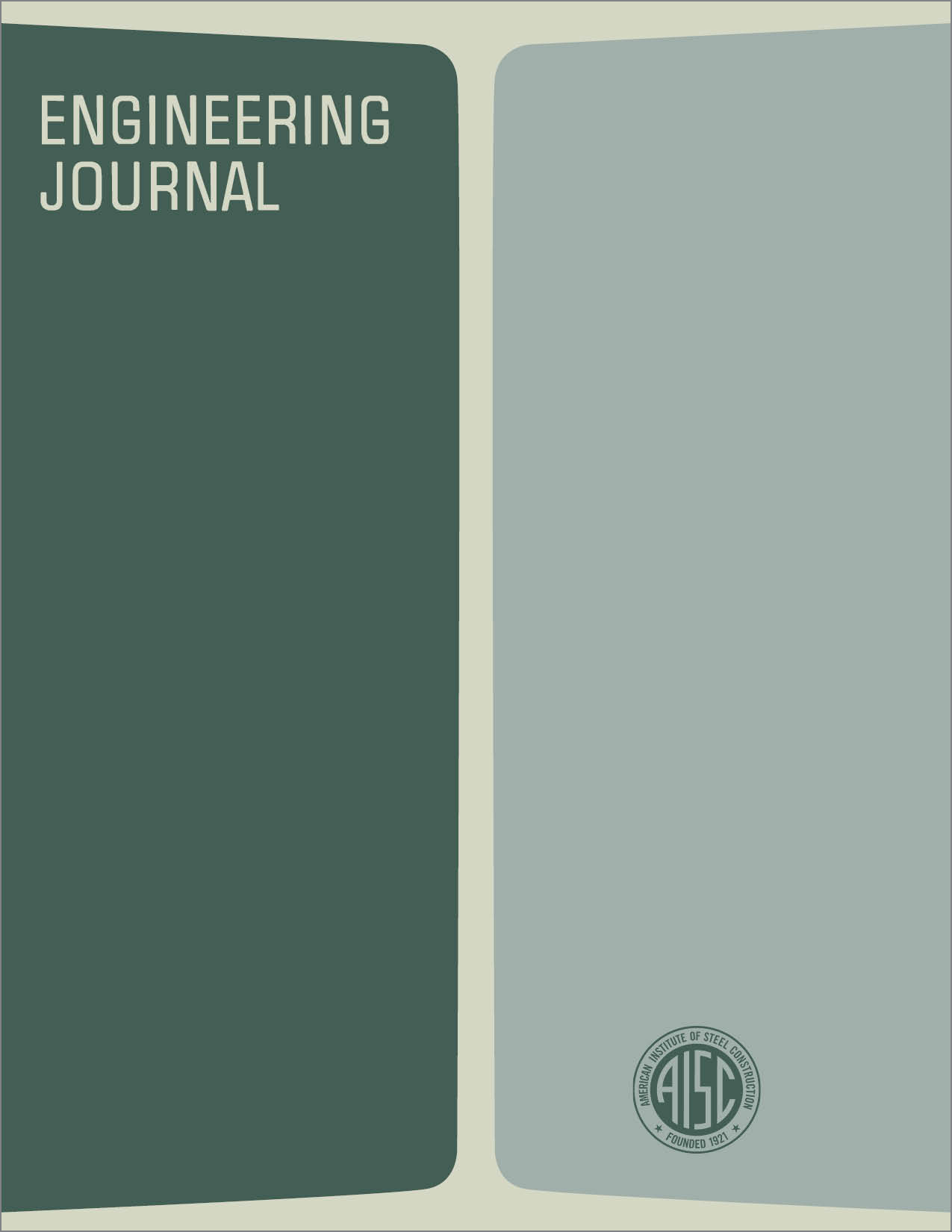Shear Strength of Stud Connectors in Lightweight and Normal-Weight Concrete
DOI:
https://doi.org/10.62913/engj.v8i2.160Abstract
Steel-concrete composite construction using normal weight concrete has been used since early in the 1920s. Substantial use of composite construction began mainly for bridge structures in the 1950s as a result of the work done by Viest. Its primary growth in building construction during the last decade was a result of the simplified design provisions introduced into the 1961 AISC Specification. The development of these provisions were based on studies reported by Slutter and Driscoll. This study summarizes the results of tests on 48 two-slab pushout specimens. The main purpose of the investigation was to evaluate the capacity and behavior of stud shear connectors embedded in lightweight concrete. Two different types of normal-weight aggregates and three types of lightweight aggregate were examined. The lightweight concretes were made with both lightweight coarse aggregate with natural sand and with lightweight fines.

